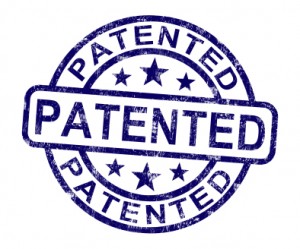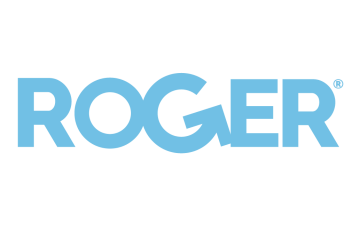Back to 1790, when the first US patent act was passed, inventors received a strong tool to protect their brilliance, for the benefit of the public while at the same time providing them with a reasonable period protection of their intellectual property.
An explosion of patent applications has created an overlapping morass of tens of thousands of patents owned by thousands of patent holders and companies — many that don’t make products — in every industry. On April 15, 2007, four days before the iPhone was introduced to the world, Apple filed a lawsuit against Samsung. The escalating conflict has reached a new extreme.
A sword or a shield?
Contrary to the initial purpose of the patent system, which was to encourage the development of invention and to encourage the disclosure to public, patent does not give companies the right to use their technologies free of interference but the right to attack competitors who use their patented technologies for commercial purpose.
Ironically, patents can have more value to “patent trolls” than to small enterprises. Patent trolls buy up patents with potential commercial value and seek opportunities to squeeze profit from operating companies that have infringed them. As patent trolls don’t sell any products, they are not vulnerable to suits. Finally, patent has become a strong weapon and companies use this weapon to earn money or to attack competitors.
Small enterprises: the casualties of war
Patents might apply to a specific element or a combination of characteristics; therefore they are often very narrow and can be circumvented. As limited by different regulations, patents have effect only in the jurisdiction of the patent-granting authority. Patent holders usually need to have six to ten patents in different geographies to receive effective world coverage. The issue is not quite as straightforward as it seems. A patent or several patents are usually not sufficient to deliver a product. Hence a lot of other intellectual property held by other companies is needed too.
Short of financial and legal support, small companies are easily got into a murky situation. Let’s assume a small company solved a crucial technical problem that leads to disruptive products and launches a new business. However, to finalize the finished product, this small company needs to use a lot of other technologies, for instance, the main function design is protected by a patent, but the patent of manufacturing process, which has been blocked, may belong to another company. To this small company, it will not always be clear how effective that blocking patent is.
Although filing patents is time consuming and expensive, a great number of companies, patent trolls and individuals register their patents for different purposes. To mend the matter, it is almost impossible for small companies to know precisely if they have infringed in terms of their new technologies or design. Taking a simple case for example, to determine whether a cell phone innovation is covered by a patent, we can search out more than a hundred thousands of patents in US patent database by using the term “cell phone” and each patent contains dozens of pages of difficult-to-read claims. The growing number of patents makes it almost impossible for small companies to innovate without tripping across one or more of them.
The future of innovation
Unless the patent system changes radically, the feud between Apple and Samsung will continue. However, what is interesting is that after a long-running legal dispute over patent infringement, neither of these two giants collapsed. Instead, these two leaders in mobile phone industry became stronger and finally gained more market share. The main reasons might because they owned a bunch of patents to protect themselves and supported by a regiment of patent attorneys.
So far, as one of the most important mechanisms to protect inventors’ interest and to make them willing to spend time and money on research, the modern patent system is hardly replaceable. The current patent system is still the most effective way to protect businesses’ and individuals’ benefits, which can help to boost the economy by encouraging innovation.
Compared with the costly games among big companies, patent trolls, which sued more than 800 small companies in 2005, have bigger negative influence on future innovation. Most patent trolls don’t come up with the invention themselves, instead, they usually buy the patents from others and then commercialize these patents. Economic damage caused by patent trolls is exaggerating. To reduce frivolous lawsuits brought by patent trolls, a bill named ‘The Innovation Act’ has been passed in the United States. Hopefully this new act can change the rules and regulations surrounding patent infringement lawsuits.
We have run towards a patent system that not only fails to incentivize innovation, but actively impedes innovation. But at a time when our future affluence depends so heavily on innovation, more and more people realize that the present patent systems need to be improved to better protect innovation. The future of innovation looks rosy and we will not be the witnesses of the end of it.

1 Comment
Daan van Hulten · December 24, 2014 at 11:01 am
Thank you for your contribution Kenny Wang!
Personally, I think patents are needed both as a shield and a sword. Firstly, as a sword, because you have to strike first as soon as you see other companies “steal your idea” or base their profits on your concept. Secondly, as a shield, which might serve as protection in the way of a less intention to copy concepts, at other companies. Also for small companies, it is hard to grow when some big company takes over their idea.
I think it is sad patents are so deciding, especially the negative contributions of the patent trolls, but in the current economic situation, it is necessary to stay alive.